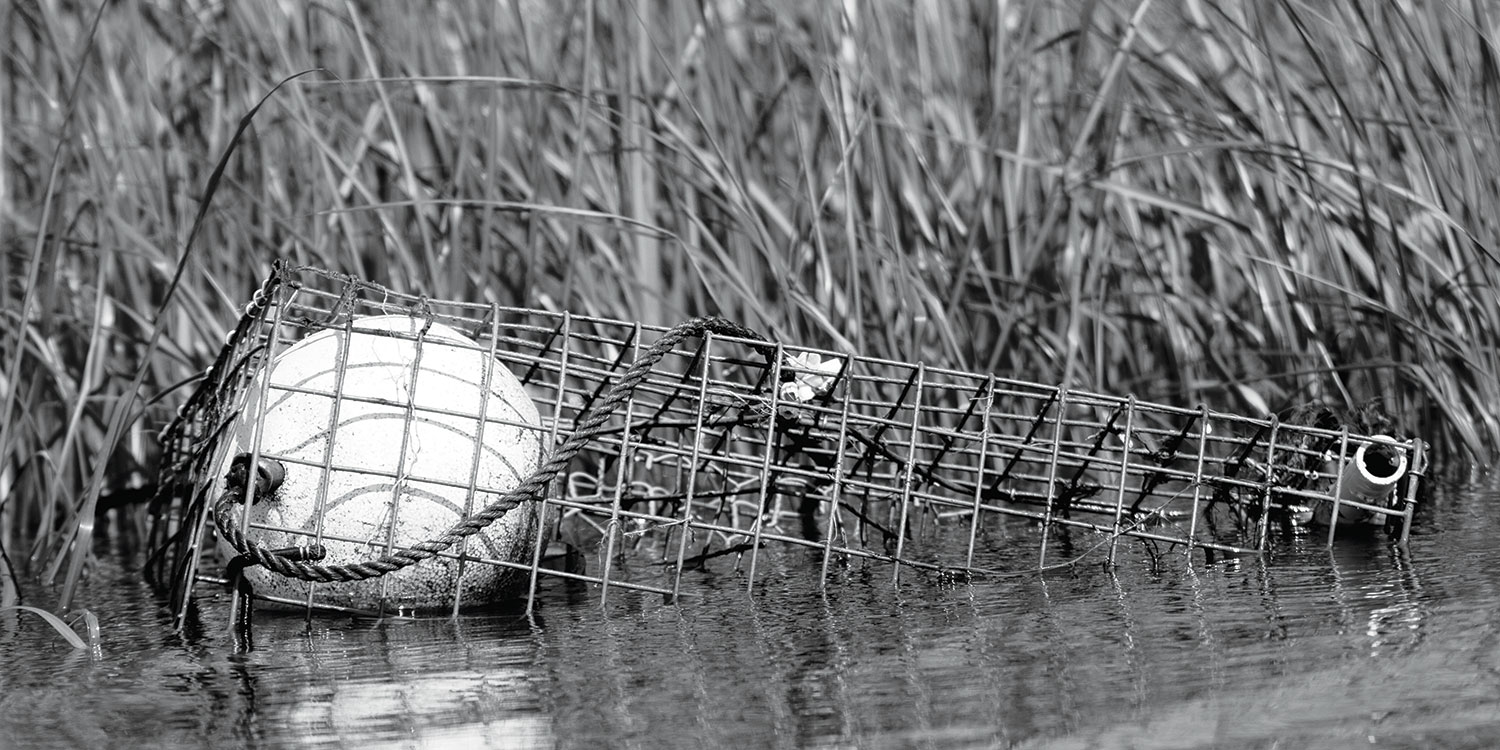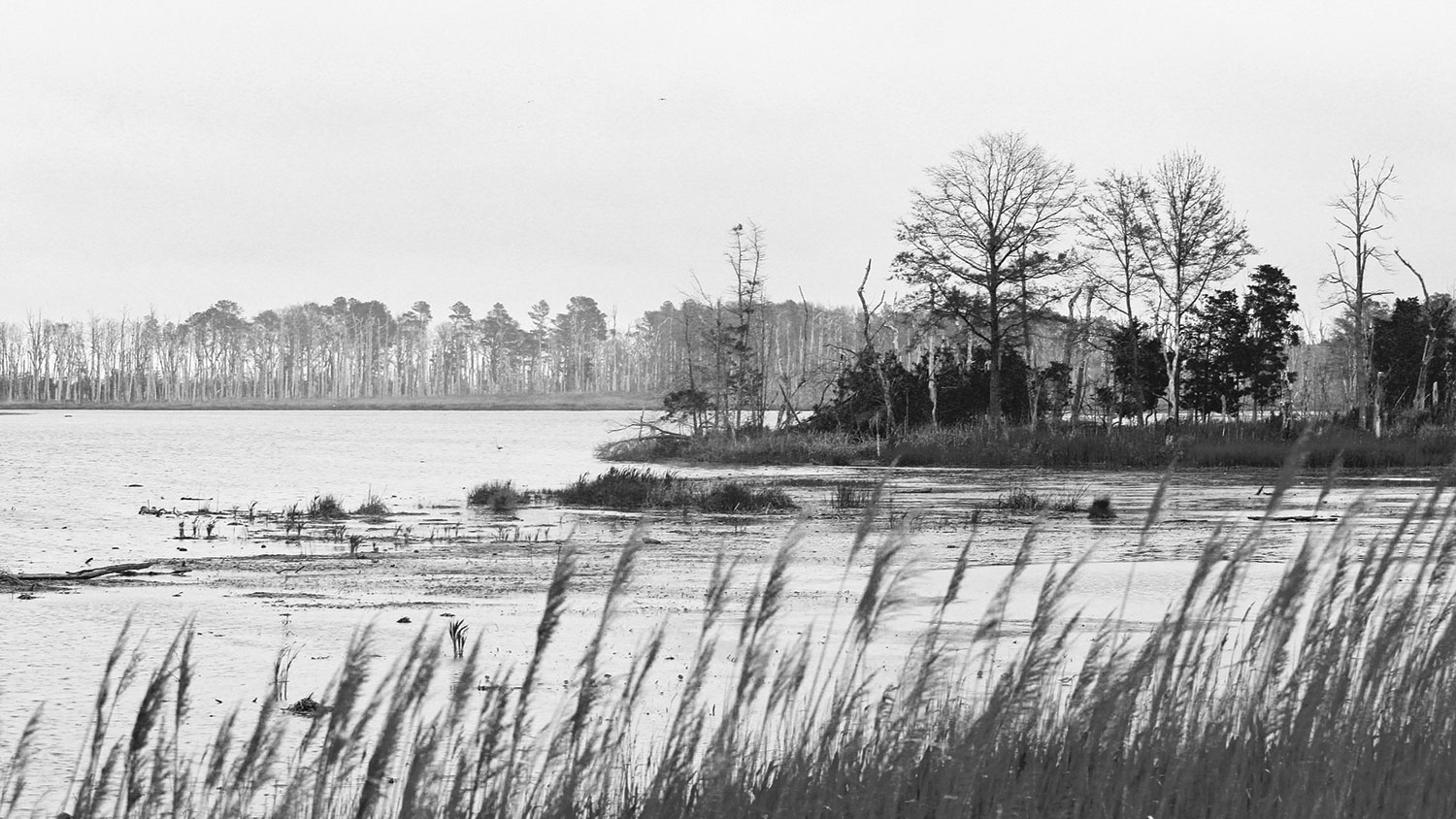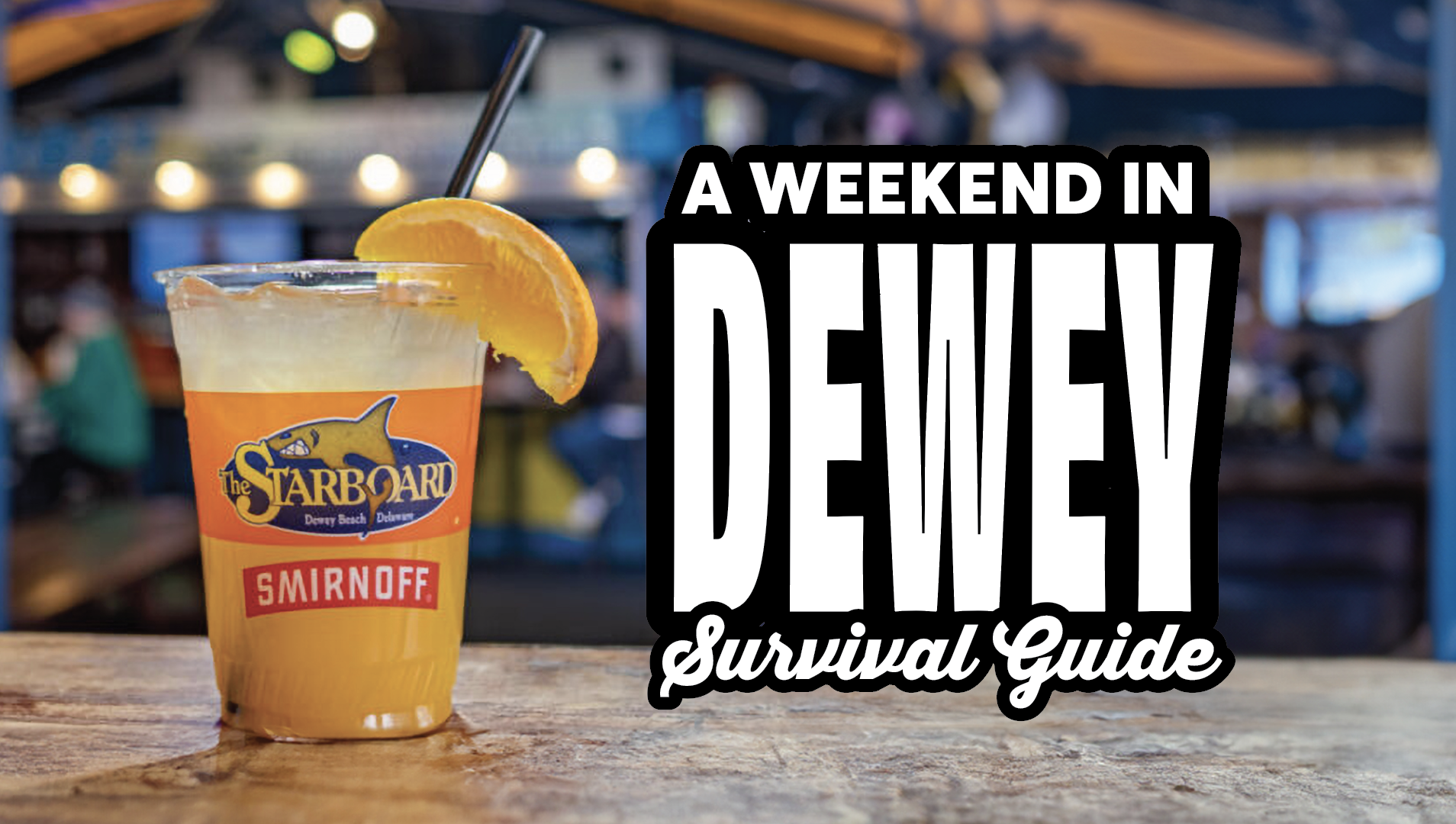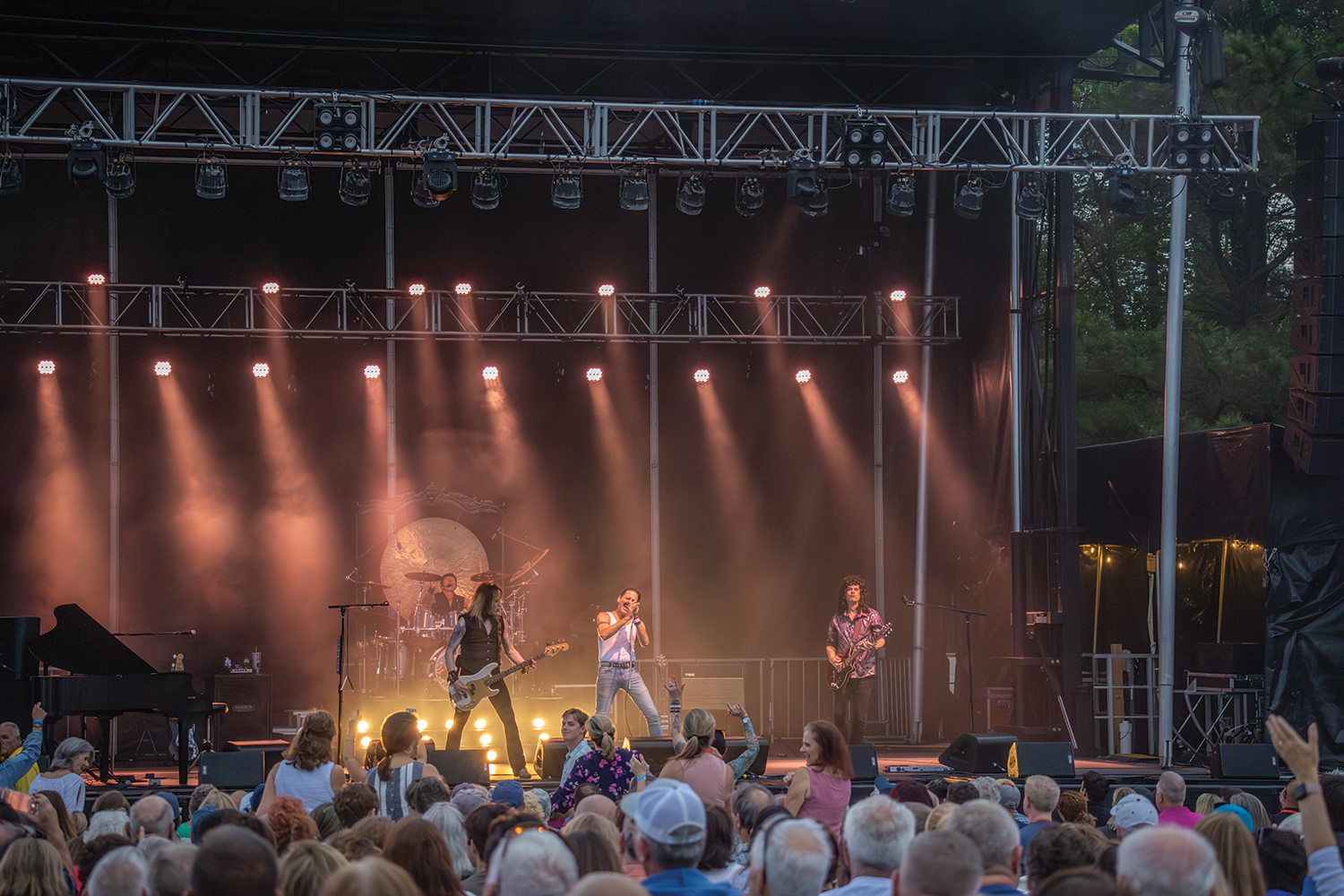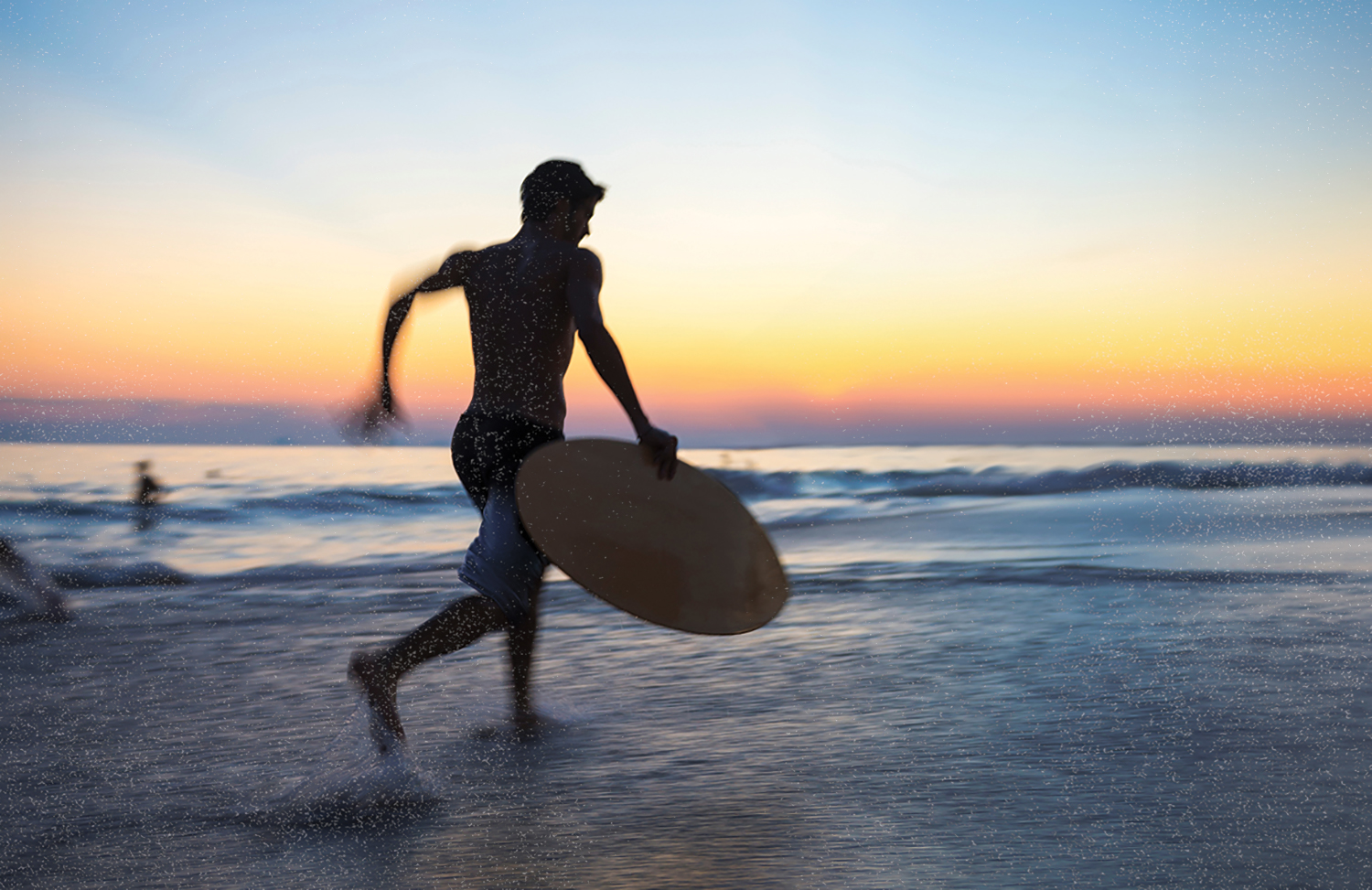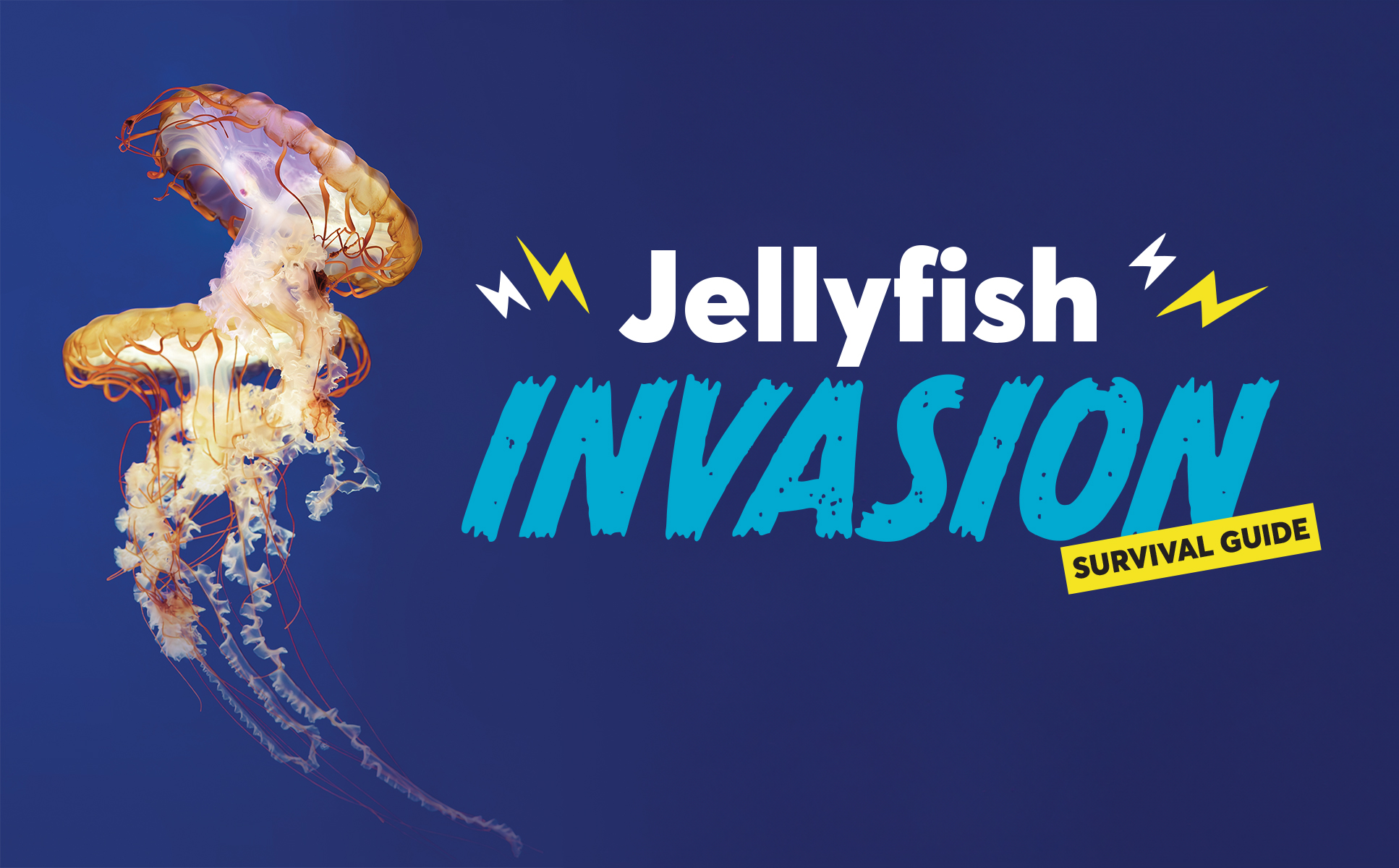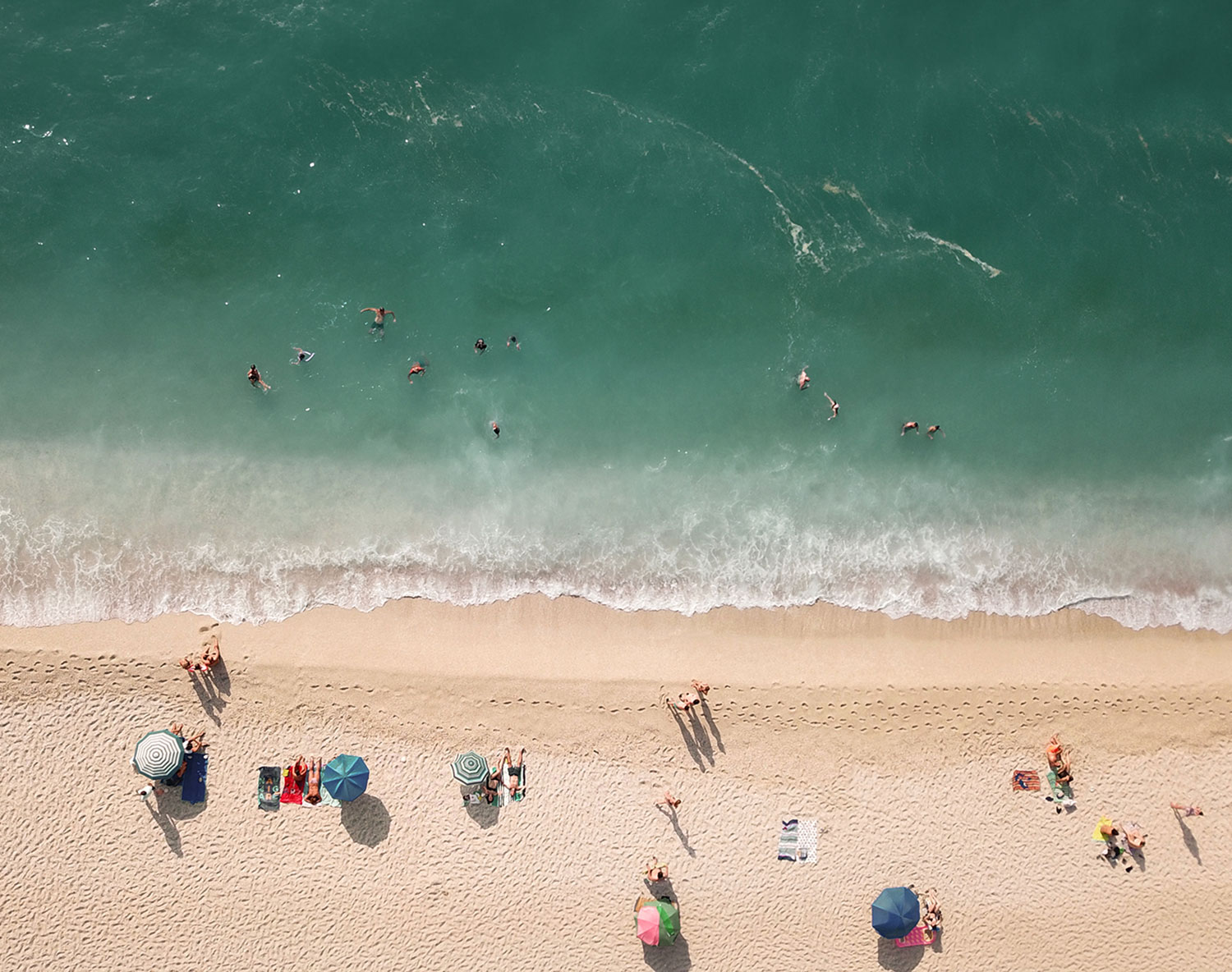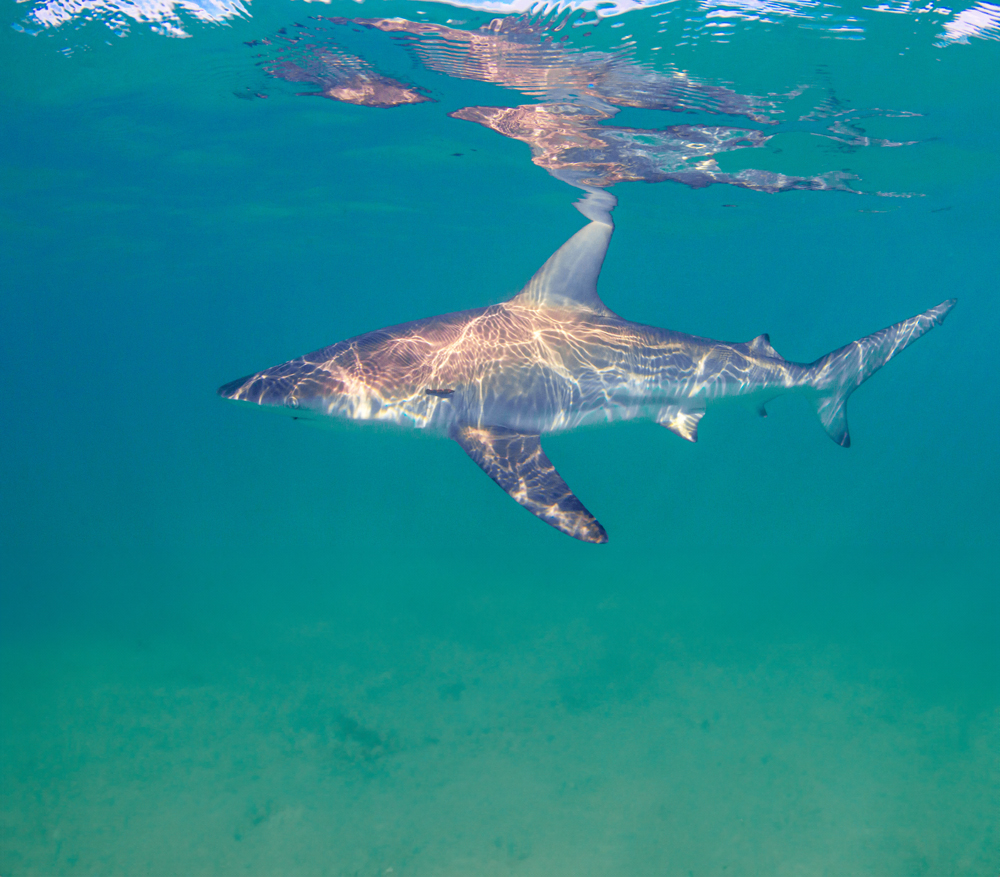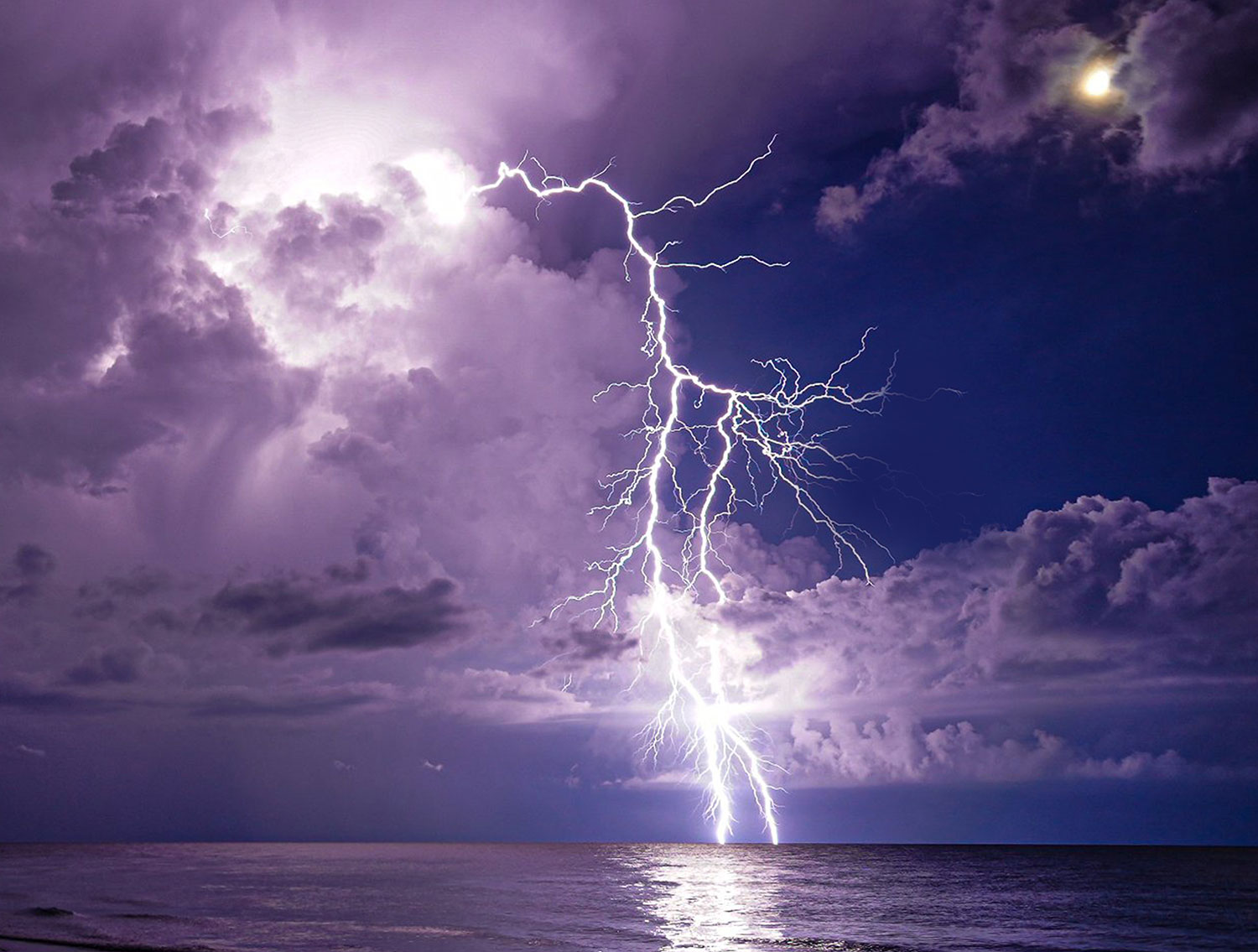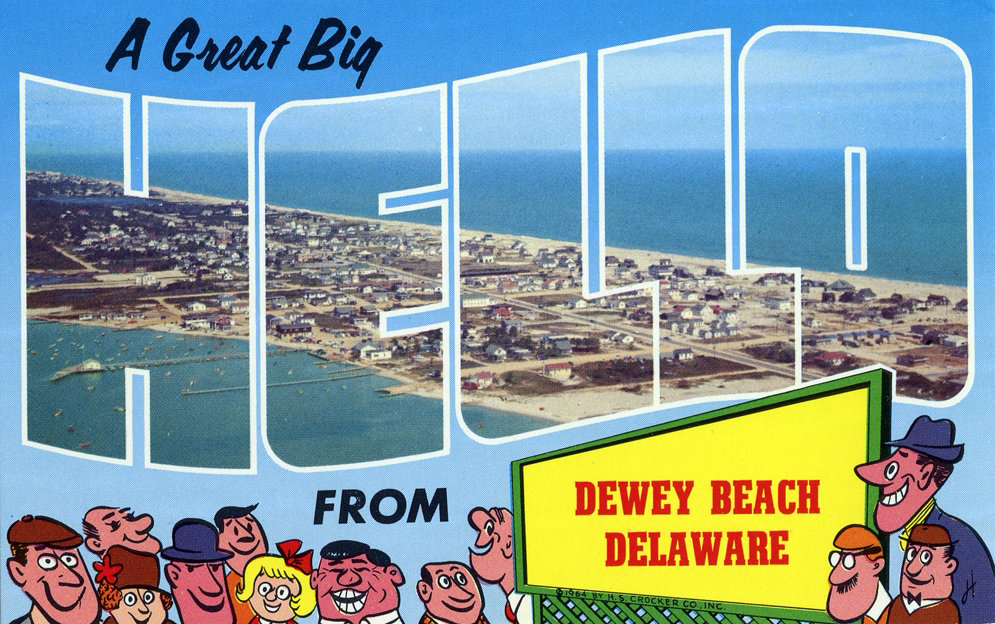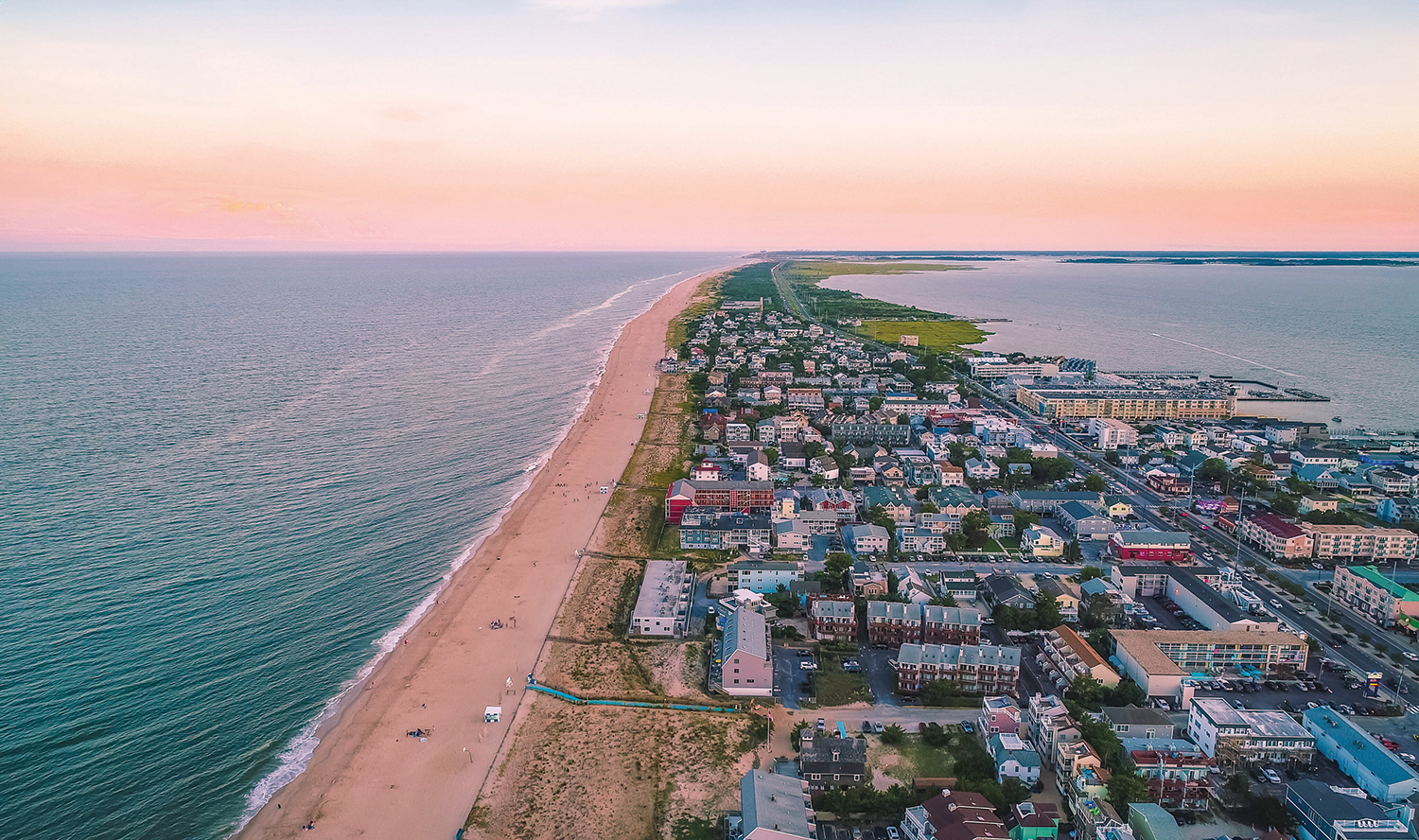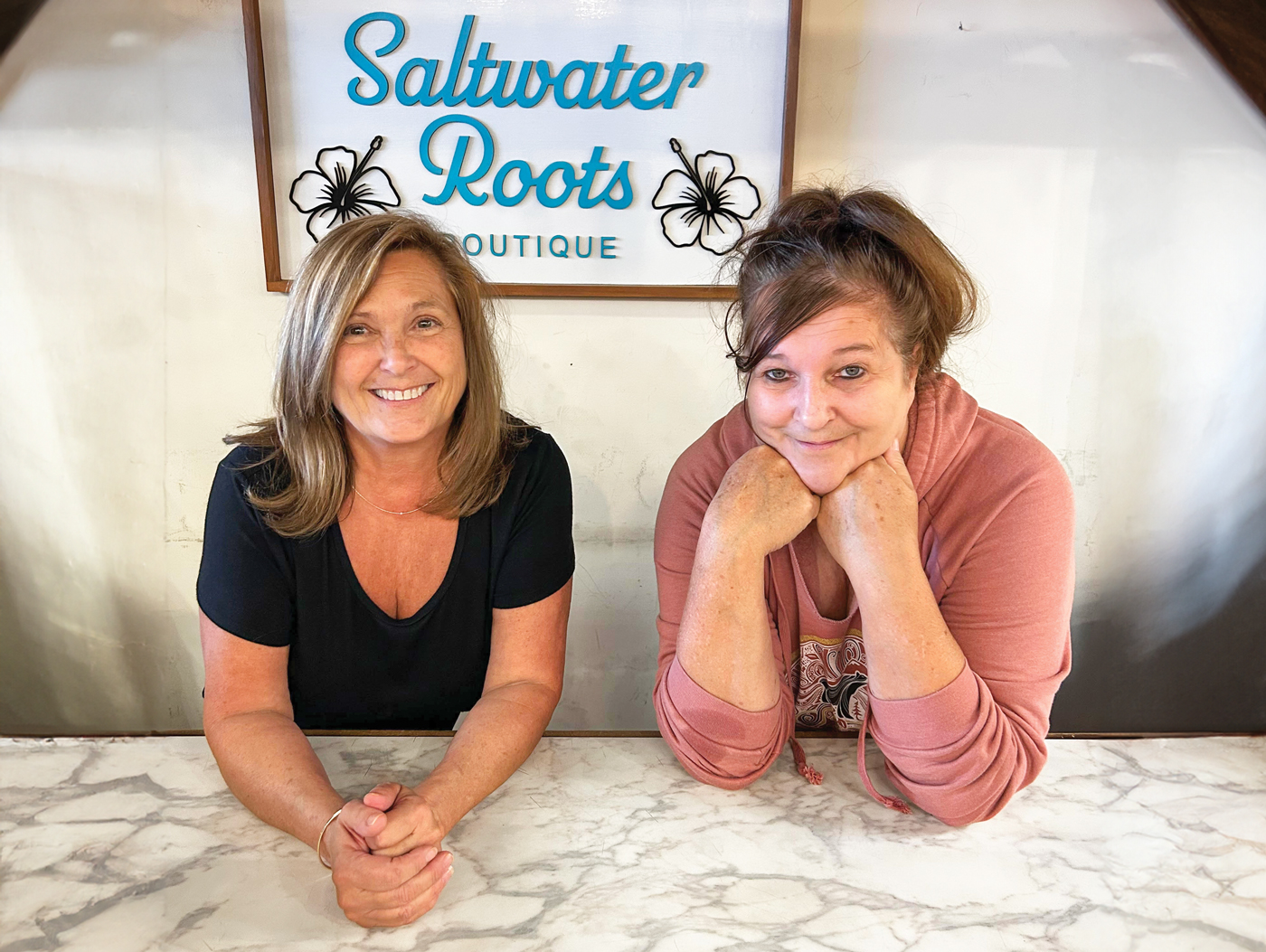Legend has it that a ghostly soldier keeps guard near Tower 12 in Cape Henlopen State Park. Before you book a campsite to investigate, consider these other local phenomena hidden in plain sight.
GHOST FORESTS
Drive along Prime Hook Road or Fowler Beach Road and you’ll encounter pockets of dead trees that once flourished at the edge of marshes. These ghost forests are indicators of sea level rise caused by land subsidence and a warming climate. Rising seas contribute to overland flooding and saltwater intrusion into plant roots, which can kill most tree species. Forests and marshes that have room to migrate inland will fare better as sea level rise advances.
GHOST FISHING
Crabbing is a rite of passage each summer. However, crab pots that are unattended or lost underwater continue to trap crabs, turtles, and fish. Ghost fishing is a deadly phenomenon that is also hazardous to boat propellers. There are thousands of derelict crab pots in the Inland Bays alone! Organizations and volunteers are now working to locate and remove as many pots as possible.
GHOST CRABS
Blink and you might miss them! These little sand-colored crabs use camouflage to blend in at the beach. By day, ghost crabs burrow beneath the sand to stay cool and escape shorebirds and humans. If disturbed, they pop out of their holes and scurry sideways. At night, they emerge to feed on bits of seaweed and marine life the surf brings in. Grab a flashlight and head to the beach after dark to spy these phantom beach dwellers.
Did you know?
- Ghost crabs can dart across a beach at speeds of up to nine miles per hour!
- Avoid ghost fishing by marking crab pots with white buoys inscribed with your name and address, and by checking submerged pots every one to three days.
- Delaware Sea Grant is seeking volunteers for a Derelict Crab Pot Round Up event September 23 and 24. Visit udel.edu for more information.
